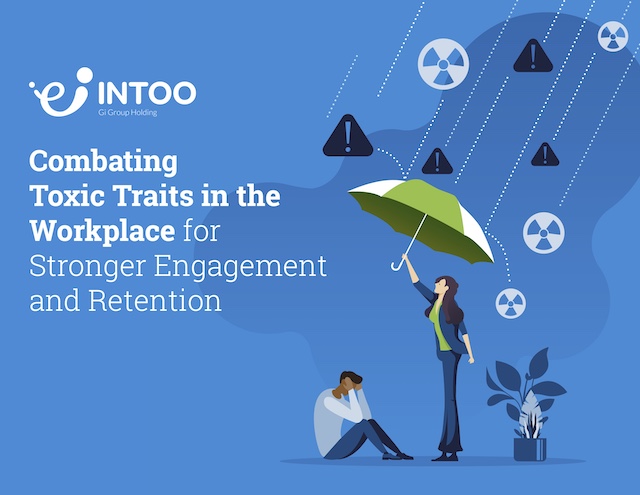Firing a team member can be a difficult task for any employer, yet there are times when letting go of an employee is the right decision for a company. This guide will show you how to approach these situations and avoid making the experience more upsetting for yourself and your employees.
How to Fire Someone Professionally
1. Choose a proper time and place
The timing and location of a termination can make a drastic difference in how it impacts an employee. While there likely isn’t a perfect time to give someone this bad news, there are particular times that should be avoided if possible. For instance, letting go of a professional on a Friday or before a holiday may delay them from accessing career coaching services or simply being able to ask their manager follow-up questions about their severance pay and references. Additionally, firing someone on their birthday or before or during a holiday would be insensitive so should be avoided. Some HR experts advocate terminating employees closer to the beginning of the day or around lunchtime rather than at the end of the day too. This is because employees tend to be coming and going at these times of day so people are less likely to notice someone being away from their desk. Firing someone after they’ve done a full day of work may also lead to anger and resentment.
When arranging the meeting, it’s important to give careful consideration to where it’s held. For example, it’s a good idea to book a private conference room near an exterior door so the employee in question can leave the building without having to come into contact with his or her colleagues. While it’s best to avoid rooms with windows so that passers-by cannot view the meeting, you should at least try to maintain privacy by closing the shades if this is not possible. Equally important is that passers-by cannot overhear parts of the discussion, so check you are choosing a room with good sound-blocking qualities. It may also be a good idea to have security on stand-by as well in case the person is likely to respond aggressively.
If you have to terminate a remote worker, you’ll face the additional challenge of having to deliver bad news via video conferencing. In this case, you should try to replicate what would happen in a face-to-face meeting as closely as possible. For example, you should think carefully about when to schedule the meeting, invite all relevant people (HR and management) and hold the call in a private room where you won’t be overheard or interrupted. You should dress professionally and ensure there is good lighting so the employee can see you properly. You should deliver the news in a compassionate and respectful tone, using the hand gestures, facial expressions, and body language that you’d use in a face-to-face situation.
2. Include the right team members in the meeting
If you’re a manager, bringing one of your HR colleagues to the termination is beneficial for all involved parties. They have the necessary experience to advance the discussion professionally and will ensure the fired employee is treated fairly. Those from HR will also serve as witnesses to the conversation and step in if the terminated person doesn’t comply with filling out any necessary paperwork.
If you’re an HR employee on the other hand, you should include the employee’s manager in the meeting so they can provide evidence of the reasons for termination and answer questions as they come up.
 3. Focus on the facts
3. Focus on the facts
There is no room for opinions in a discussion about an employee’s termination. Instead, go over the facts of the situation to help the professional understand why they’re being fired. For example, if the employee is being let go due to performance issues, then you should bring up examples of when the employee failed to hit targets despite being given the time and opportunity to improve. You should also discuss all prior written and verbal warnings an employee has received. It’s important to note that the reasons for being fired should not come as a surprise to the employee as these should have already been discussed in prior performance reviews or feedback sessions.
It’s equally important not to comment on the character of the terminated professional. Don’t verbally attack the employee and be sure to leave all biases out of the conversation.
4. Don’t let it be a surprise
Transparency is a necessity for any organization, especially in regard to an employee’s status. If your professionals are doing something that will lead to eventual termination, they should receive immediate feedback. Firing an employee on the spot may even result in anger and legal action from the impacted party. You should make sure you follow the relevant laws and processes in your state regarding terminations, as they vary.
You shouldn’t let the termination catch your team off guard, either. Whether you’re dealing with terminations or employee resignations, it’s good practice to inform your staff to prevent negative rumors from spreading throughout the workplace.
 5. Keep it short
5. Keep it short
Avoid having drawn-out conversations when firing an employee. Providing the professional with direct and honest reasoning for their termination will be less upsetting than stalling the discussion with small talk or rambling responses. Make it clear to the employee that your decision to fire them is final to ensure they don’t leave the experience with false hope of keeping their position.
You should also make sure they have all the relevant information they need on everything from their current health insurance and unused PTO time to when they’ll receive their last paycheck and any outplacement services that are available to them.
6. Allow the employee to ask questions
While the conversation about an employee’s termination shouldn’t be turned into a debate, they should still be allowed to react and ask questions about the decision. It’s a good idea to prepare answers to any questions the professional may have in advance.
Letting go of your employees is an emotionally taxing experience for all parties involved, even if it’s best for the long-term success of your organization. Understanding how to fire a team member professionally can soften the impact of the experience and help you confidently approach these major decisions. INTOO’s focus on personalized, one-on-one coaching and technology innovation enables organizations of all sizes to protect their employer brand throughout the employee lifecycle, with flexible candidate experience, career development, and outplacement solutions. INTOO’s award-winning career transition solutions deliver better results through unlimited hours of 1:1 coaching available 7 days a week. Contact us today for more information.


 3. Focus on the facts
3. Focus on the facts 5. Keep it short
5. Keep it short








